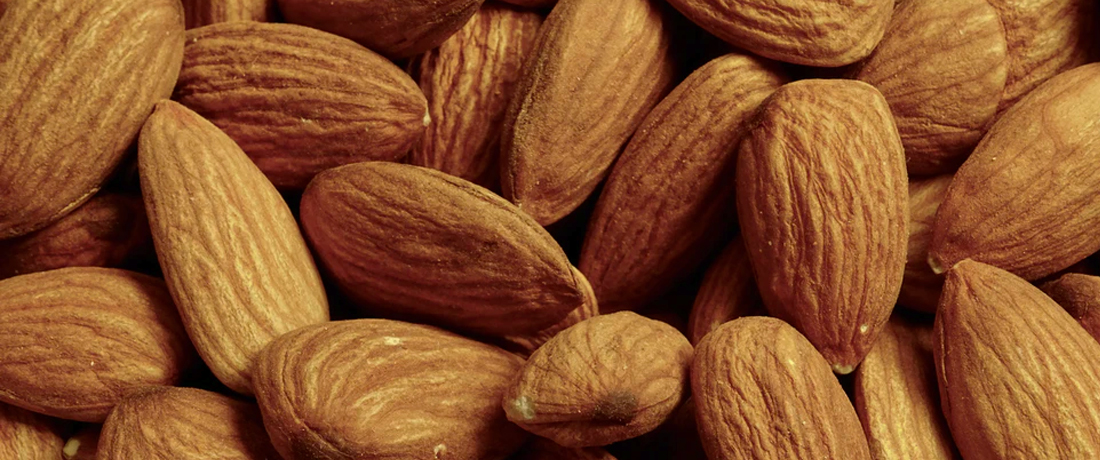
 Important note about plant availability. Important note about plant availability.There are hundreds of factsheets on our website provided for your information. Not all plants will be available at all times throughout the year. To confirm availability please call (03) 8850 3030 and ask for the nursery. |
Almonds are fantastic, not just to eat, but also as a pretty deciduous shade tree, bursting into pink to white flowers at the tail end of winter. Many varieties of almonds are grafted, or exhibit dwarfing properties which limits their size to a manageable 5m x 3m, which means they will easily fit into many suburban backyards.
Pick a nice, sunny spot in your patch, leaving enough room for the tree to spread out when it reaches maturity. The secret to success with almonds is water and drainage, so, if you live in an area with a heavy clay soil, incorporate some gypsum and compost into the planting hole, or consider planting the almond in a raised or mounded soil.
Water is vital, so try to keep the soil moist, but not sodden, at all times. This is especially important while the almond is fruiting, as drying out during this period means the nuts may shrink and shrivel.
Almonds bear fruit similarly to apricots on sprigs and spurs. They do not require much pruning from year to year. Prune after leaf fall and in the first year select framework branches and prune lightly – removing some of the centre branches and twigs and pruning to an outward facing bud. This opens up the tree into the classic vase shape, improving air and light penetration (helps minimise pests and diseases). Commercial growers of almonds prune off one main lateral branch each year on mature trees to encourage greater vigour.
If you are umming and ahhing over almonds, take a look at this handy list and our notes on this nut:
 Important note about plant availability. Important note about plant availability.There are hundreds of factsheets on our website provided for your information. Not all plants will be available at all times throughout the year. To confirm availability please call (03) 8850 3030 and ask for the nursery. |
Almond – All-in-One: Soft-shelled/papershell, medium to large, sweet flavourful nuts. Reliable and heavy cropper. Semi-dwarf tree. An excellent choice for the home gardener. Self pollinating. Crops around late January. Eat fresh or for blanching, roasting, confectionery and cooking. Self-pollinating.
Almond – Chellaston: Soft shelled, small / medium, flavoursome, mid – dark brown skin and smooth, shiny shell. Medium vigour. Mid-season Fresh or for blanching, roasting, confectionery and cooking. Cross pollinators:Johnston’s Prolific, Ne Plus Ultra, Brandes Jordan.
Almond – Johnston’s Prolific: Biennial cropper. Large broad almonds, rough surface, good flavour. Nuts are easily hulled. Late season. Fresh or for blanching, roasting, confectionery and cooking. Cross pollinators: Chellaston, I.X.L.
Almond – Large Papershell: Soft shell, large, sweet, flavourful nut. Fresh, blanched, roasted, confectionery and cooking.
Almond – Ne Plus Ultra: Large, narrow, square based, rough surface, flavourful nut. Papershell. Heavy cropper. Late Season. Fresh or for blanching, roasting, confectionery and cooking. Cross pollinators: Chellaston, Californian or Nonpareil.
Almond – Self Pollinating: Sweet, flavourful nuts, soft shelled. Heavy cropper. Sets fruit early. Fresh or for blanching, roasting, confectionery and cooking. Self-pollinating.
